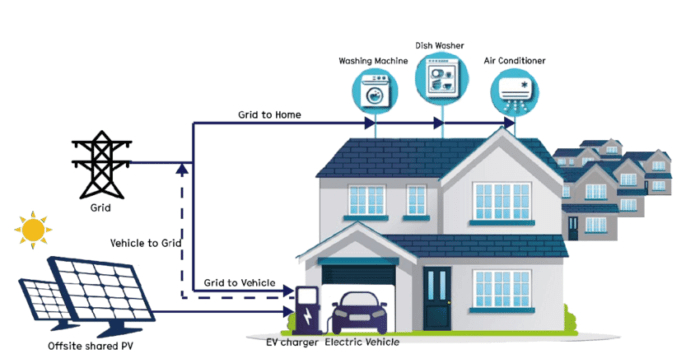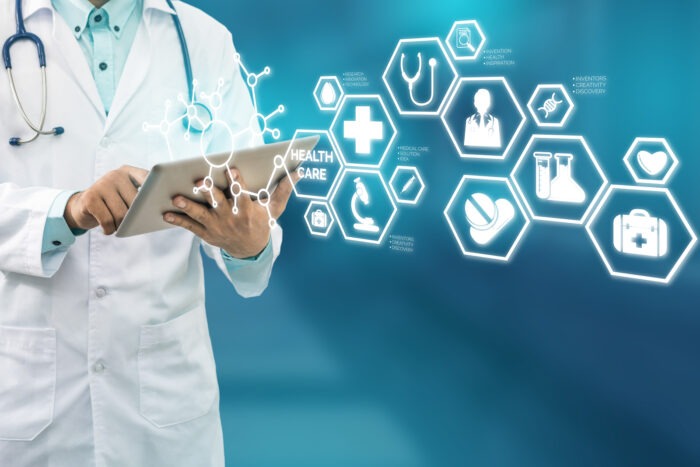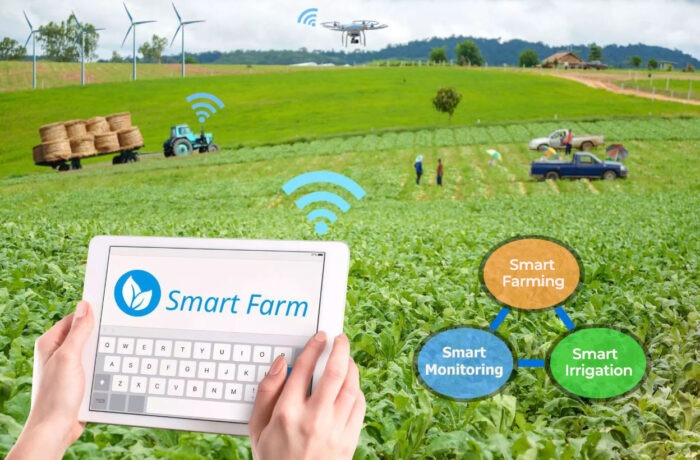
12 Apr Latest IoT Applications you must know in 2023
A 2023 Guide to IoT Applications
Due to technological advancements, many IoT applications have gained popularity across many industries. IoT technologies have allows users to collect and analyze substantial amounts of data from various sources and sensors. Businesses use this tech for enhancing user experience to enhancing their operational performance. IoT enables communication between devices, data collection and analysis, and process automation. IoT makes it possible for us to remotely monitor and operate physical objects. In this post, we’ll look at IoT applications we see around us today.
Industries and business use IoT in manufacturing, enhancement of product quality, streamline industrial operations, and decrease downtime. IoT may be used in energy management to precisely charge clients, track consumption of energy, and remotely operate solar panels.
IoT in healthcare may be used to increase adherence to drugs, enhance the quality of life for patients with persistent illnesses, and remotely monitor patients’ health conditions. IoT may be used in asset management to track assets, foresee repair requirements, and improve fleet maintenance. IoT applications are becoming crucial for businesses trying to acquire an edge over rivals in their respective sectors due to its capacity to increase efficiency, save expenses, and improve customer experience.
Smart Home Applications
One of the most common applications for IoT technology is in smart homes. They include gadgets and programs that manage the lighting, temperature, privacy, and entertainment among other areas of daily living in the house.
Here are a few instances:
Smart Home Automation
With the use of a single interface, like an app for phones, smart automation systems for homes enable users to operate a variety of home appliances and systems. This might range from household appliances and multimedia equipment to lighting and HVAC systems.
Smart Lighting Systems
Sensors are used by smart lighting systems to determine when a room is inhabited and change the lighting correspondingly. Users can personalize the lighting depending on their preferences by controlling it remotely using smartphone applications or voice commands.
Home Security Systems
Smart cameras, motion detectors, and alarms that are linked to a central hub can all be included in security systems for your house. When they see unusual activities, they may inform users and be remotely regulated.
Smart Thermostats
Users of smart thermostats may alter parameters based on occupants or the time of day, monitor energy use, and regulate the ambient temperature of their homes remotely. Additionally, they have the ability to recognize human preferences and automatically modify the temperature.
Smart Home Appliances
Internet-connected household equipment including refrigerators, stoves, and washing machines may be operated from a distance. They may also provide warnings and alerts on usage trends or maintenance problems.
Smart Locks and Access Control
Smart locks and entry control systems employ automated entry systems and biometric scanners to manage access to a home. Additionally, they may be operated remotely and can sound an alarm if somebody who is not authorized tries to enter the residence.

Transportation Applications
IoT is also being used to revolutionize the transportation industry. From connected cars to autonomous vehicles, here are some examples of IoT applications in transportation:
Intelligent Transportation Systems
Engineers have incorporated IoT tech into Intelligent Transportation Systems to connect all types of data. This data ranges from variations in the weather to roadway conditions, and traffic flow. Utilizing this information will improve safety, optimize circulation of traffic, and ease congestion.
Connected Car Applications
IoT technology is used by connected automobiles to link to the internet to offer both drivers and passengers a variety of services. Real-time traffic updates, weather warnings, and recreation choices are a few examples of these.
Autonomous Vehicles
Automobiles, lorries, and buses that can run without a driver are referred to as autonomous vehicles. In order to navigate highways, avoid barriers, and make driving judgments, they employ a variety of internet of things sensors and technology.
Smart Traffic Management
IoT technology is used by smart traffic control systems to enhance traffic flow, lessen congestion, and increase safety. They can contain everything from adaptive toll pricing to intelligent traffic signals.

Energy Management Applications
IoT is also being utilized to save energy use and enhance management of energy. Here are a few examples:
Smart Grids for Energy Management
IoT software as well as sensors are used by smart grids to track energy use and modify energy generation and transmission as necessary. By doing so, energy waste may be decreased and total energy efficiency can be increased.
Smart Energy Consumption Monitoring
IoT sensors are used by smart energy expenditure tracking systems to constantly track energy consumption. Users may be able to discover energy wastage and make better energy consumption decisions as a result.
IoT-enabled Building Management Systems
Building management systems that are IoT-enabled employ hardware as well as software to track and handle a variety of building-related functions, including lighting, HVAC, and surveillance. This can assist to save energy use, increase comfort, and even quickly spot maintenance concerns.
Renewable Energy Monitoring
Rooftop solar panels, turbines for wind power, and numerous other sources of clean electricity are monitored using IoT sensors that are used in renewable energy management systems. Users may be able to maximize their energy output and see any problems earlier as a result.

Healthcare Applications
IoT is also being used to revolutionize the healthcare industry. From remote patient monitoring to smart medical devices, here are some examples:
Remote Patient Monitoring
Systems for remotely tracking patients’ vital signs, prescription consumption, and other health data make use of IoT sensors and programming. This may contribute to better patient outcomes, fewer return trips to hospitals, and lower costs associated with healthcare.
Smart Medical Devices
IoT technology is used by smart medical equipment like insulin pumps and heart monitors to gather and evaluate patient information in real-time. This can assist medical professionals in making better judgments regarding patient care and enhancing patient outcomes.
IoT-enabled Healthcare Facilities
Sensors and software are used in IoT-enabled medical centers to track and control numerous facets of a medical facility, such as temperature, humidity, lighting, and surveillance. In addition to enhancing patient protection and ease, this can make it easier to spot maintenance problems.

Agriculture Applications
IoT is also being used to revolutionize the agriculture industry. From precision farming to livestock monitoring, here are some examples:
Precision Farming
Monitoring soil characteristics, weather trends, and other variables with the use of IoT software and sensors allows precision farming to maximize crop yield. This can aid in lowering waste, raising yields, and enhancing crop quality.
Livestock Monitoring
IoT sensors are used in livestock surveillance systems for monitoring the condition and conduct of cattle. This can assist farmers in discovering possible health problems and enhancing the general welfare of their livestock.
Smart Irrigation Systems
IoT sensors are used in intelligent irrigation systems in order to track the moisture content of the soil and modify irrigation as necessary. This can increase agricultural yields and decrease water waste.

Conclusion
Finally, the Internet of Things (IoT) has completely transformed all sectors, from agriculture and medicine to connected houses and travel infrastructure. IoT enables us to streamline operations, eliminate waste, and increase productivity and environmental sustainability by tying physical items to the internet and evaluating the data they gather. IoT has countless potential uses, and in the years to come, we may anticipate even more creative implementations of this technology.